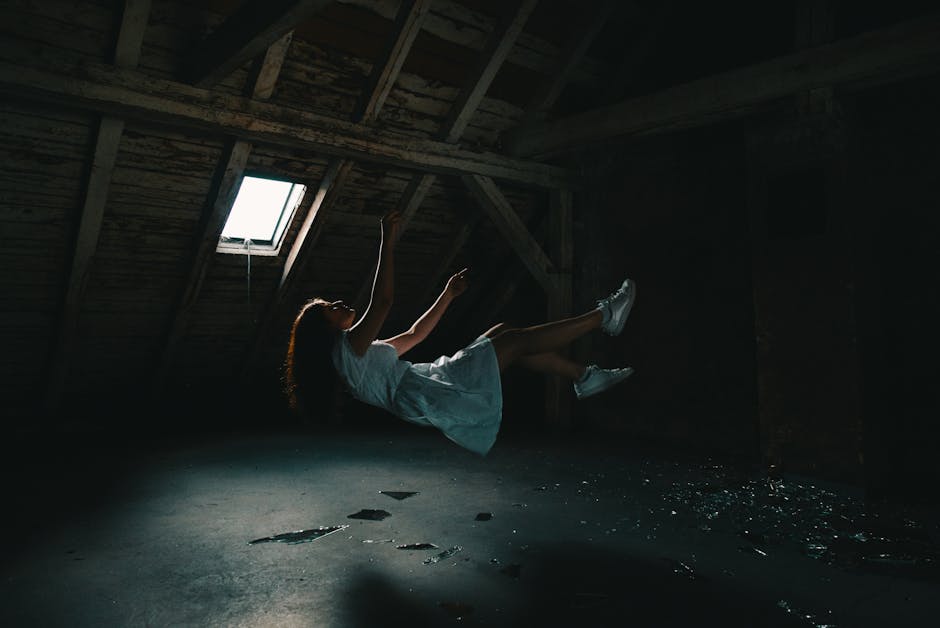
Surrealism's Dark Side: Examining its Connection to the Human Psyche
Surrealism, an influential art movement that emerged in the early 20th century, is often associated with dreamlike, bizarre, and fantastical imagery. However, beneath the surface, Surrealism holds a darker side that taps into the depths of the human psyche.
Rooted in the exploration of the unconscious mind, Surrealist artists sought to depict the irrational, the illogical, and the uncanny. By defying traditional artistic conventions and embracing chance, Surrealists aimed to challenge the viewer's perception of reality and unravel the mysteries of the subconscious.
The dark undertones in Surrealism can be traced back to its origin in the aftermath of World War I, a time marked by social and political turmoil. The movement served as a response to the chaos and trauma experienced during the war, providing artists with an outlet to express their fears, anxieties, and desires.
One prominent theme within Surrealism's dark side is the exploration of mortality and the human condition. Many Surrealist artworks depict distorted bodies, dismembered figures, and decaying forms, symbolizing the fragility and transience of life. Through these haunting representations, artists aimed to confront the inevitability of death and provoke contemplation about the existential mysteries of existence.
Another aspect of Surrealism's dark side is its engagement with subconscious desires and fears. By tapping into the realm of dreams and the irrational, Surrealists aimed to give voice to suppressed emotions and unveil hidden desires. Through their art, they explored themes of sexuality, violence, and taboo subjects that were often deemed unacceptable or forbidden in conventional society.
Surrealism's dark side also delves into the realm of the supernatural and the occult. Many Surrealist works incorporate symbols, archetypes, and mythical creatures, blurring the boundaries between reality and the fantastical. By intertwining elements of the paranormal, Surrealists aimed to challenge the rationality and rationalism of the modern world, offering alternative perspectives and questioning societal norms.
In conclusion, Surrealism's dark side offers a profound exploration of the human psyche and its intricacies. By delving into themes of mortality, subconscious desires, and the supernatural, Surrealist artists pushed the boundaries of artistic expression and opened up new avenues for self-discovery and introspection. Through their works, they invite us to confront our deepest fears and examine the complex depths of our own subconscious minds.
